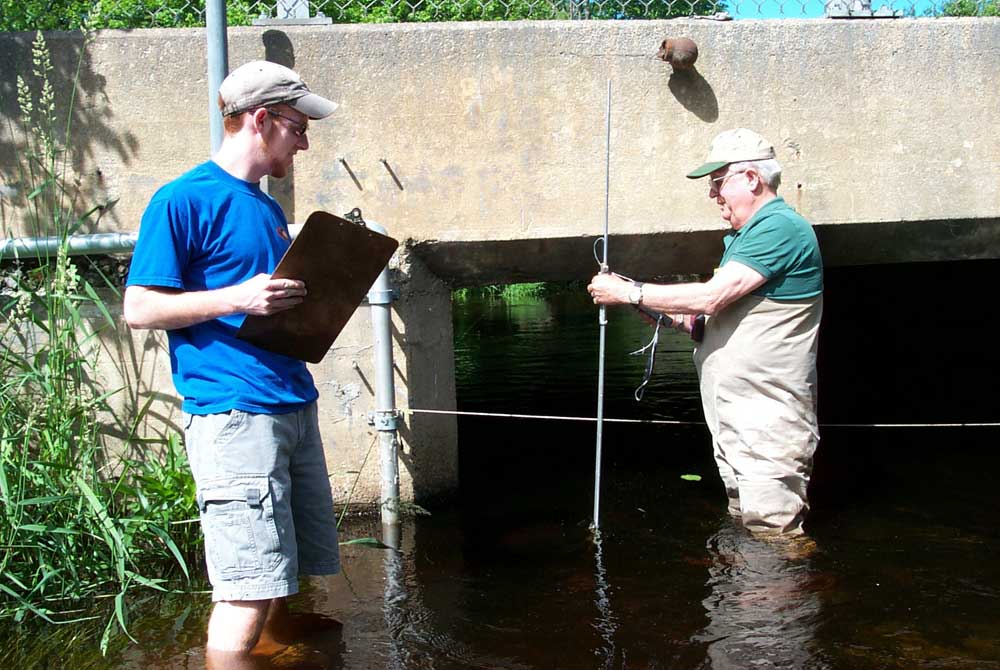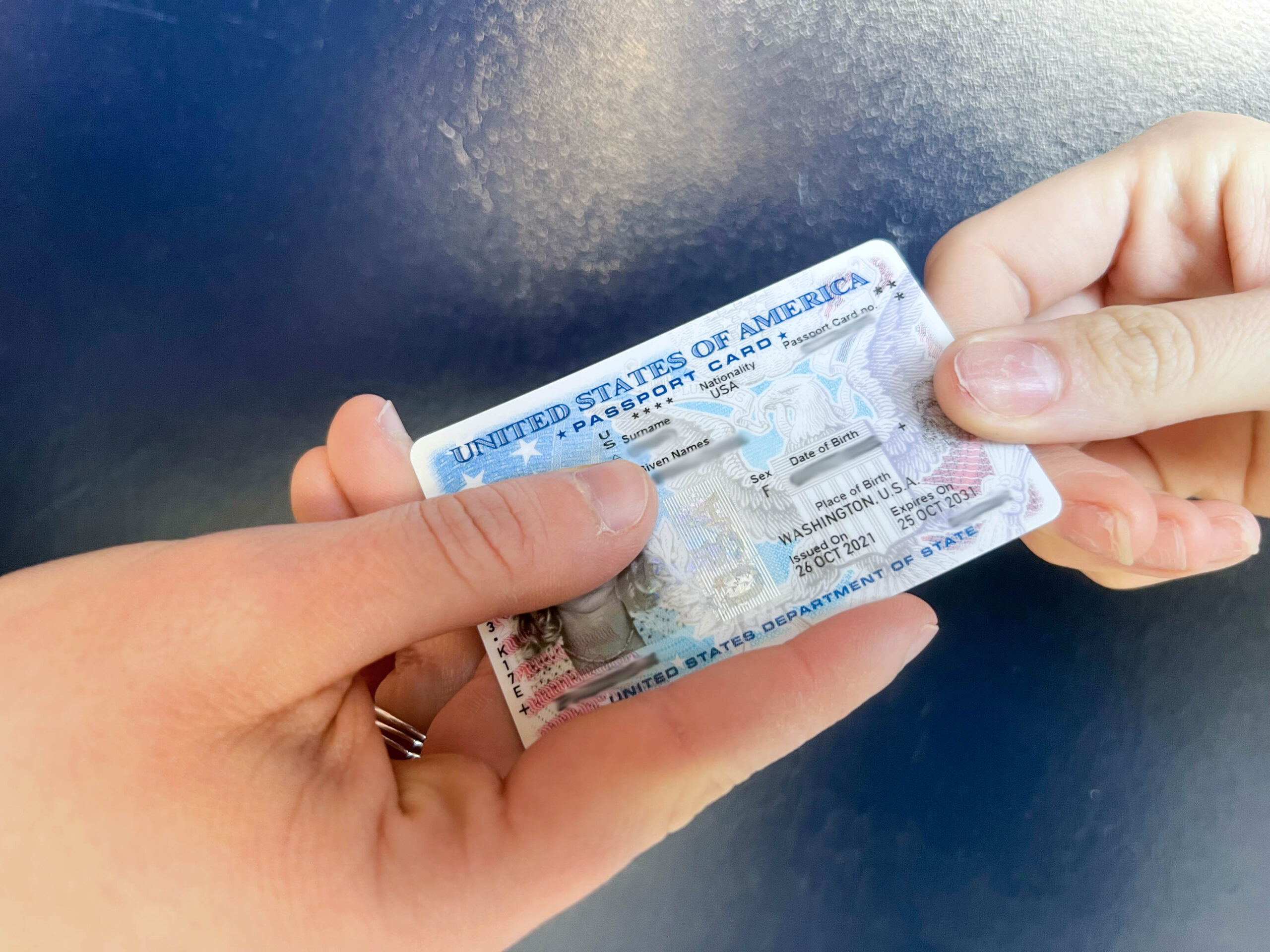URI’s Watershed Watch program is calling for more volunteers to test the health of Rhode Island’s bodies of water. PHOTO CREDIT: uri.edu
The University of Rhode Island’s Watershed Watch program is currently on the hunt for new volunteers to continue to aid with work in the field.
The Watershed Watch program, which is currently coming up on its 35th-year operation at URI, continues to monitor water quality ranging from the whole state of Rhode Island to areas in Connecticut and Massachusetts.
“We are a scientist-led volunteer water monitoring program and the University is the core of the technical aspect,” Elizabeth Herron, a coordinator for Watershed Watch, said.
URI is in charge of coordinating the volunteer program and conducting the training process, according to her.
Herron said that a Watershed is any body of land that drains into a body of water. The Narragansett Bay Watershed in Rhode Island covers a large area and almost half of the watershed is in Massachusetts, according to Herron.
The Watershed Watch program works with all different bodies of water for monitoring including lakes, ponds, rivers, surfing beaches and more.
Herron said that the Watershed Watch program works with various groups in Rhode Island including The Narrow River Preservation Association, the friends of the Saugatuck River and the Salt Ponds Coalition to get a more comprehensive assessment.
According to her, all of these groups work to assess monitoring that is needed for bodies of water and find volunteers to help improve the water quality.
“We do the laboratory work and we train volunteers, people from the community, people who have in most cases no background in science, they just have an interest in nature or in a particular water body,” Herron said.
Volunteers bring the samples of water they collect to URI where they are analyzed deeper to find out qualities of the water bodies that are not apparent at first look alone.
According to Herron the volunteers in the field collect data on multiple factors to understand what each specific area is in need of. They collect data on water temperature and clarity, collect tangible samples and process them for dissolved oxygen and chlorophyll and start the process of measuring how much algae is in the water.
The volunteers go out between the months of May and October to collect data and they are able to track changes in the information collected through the Watershed Watch website according to Art Gold, a professor and the chair of the Department of Natural Resources.
Gold shares more about the importance of the Watershed Watch program on a local level.
“The key reason [for Watershed Watch] is to promote local stewardship of our water resources,” he said. “It is important to remember the slogan, ‘think globally but act locally’, and Watershed Watch is the perfect example of that.”
The first step is to become knowledgeable about one small particular body of water to start the process of improving and restoring bodies of water on a local level, according to Gold.
In addition to field volunteers, the program also works with the Coastal and Environmental Fellows program through the College of Environmental and Life Sciences (CELS) to give students opportunities for hands-on experience analyzing data, according to Gold.
With current COVID-19 guidelines, training is taking place over zoom. To become a volunteer for the Watershed Watch program, check out their website.




